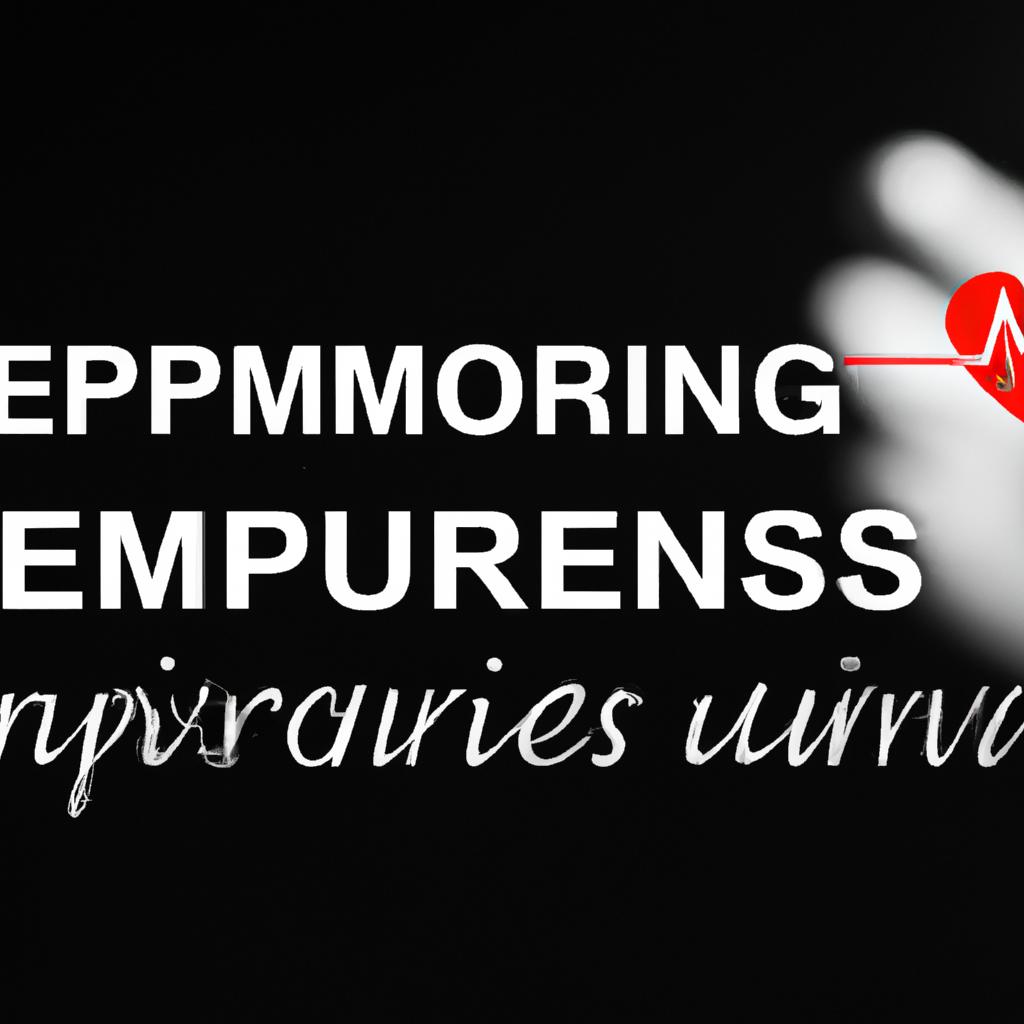In a world where the rhythm of life often competes with the chaos of modern living, the simple act of putting one foot in front of the other transforms into a powerful heartbeat of movement. Running, a primal expression of human vitality, serves not only as a journey through landscapes but also as a profound dialogue between body and heart. As the feet strike the ground, the heart pulses in sync, adjusting to the demands of a bustling pace. Yet, the relationship between running and heart health extends beyond the sweat and determination of athletes; it presents an intricate interplay of physiological responses and thoughtful monitoring. In this article, we delve into the symbiotic connection between running and cardiovascular well-being, exploring how this timeless activity serves as a potent guardian of heart health, and the crucial role that real-time monitoring plays in understanding and enhancing our individual experiences. Join us as we uncover the science and significance of “Heartbeat in Motion.”
Understanding Heart Health Through Every Step Taken
Every stride taken during a run plays a vital role in enhancing cardiovascular strength, ultimately weaving a tapestry of heart health that lasts a lifetime. With each footfall, your body engages in a symbiosis of effort and recovery, where challenges foster resilience. To truly appreciate this journey, consider the following aspects:
- Increased Cardiac Output: Running encourages your heart to pump more blood efficiently, improving oxygen delivery to vital organs.
- Total Cholesterol Control: Regular runners often experience beneficial changes in lipid profiles, promoting healthy cholesterol levels.
- Stress Relief: The rhythmic nature of running releases endorphins, reducing stress which can adversely affect heart health.
- Weight Management: Maintaining a healthy weight through running decreases the risk for heart disease and related conditions.
- Improved Circulation: Enhanced blood flow during running aids in the recovery and nourishment of body tissues.
Moreover, while undertaking this invigorating journey, the role of monitoring cannot be overstated. Tracking metrics such as heart rate, pace, and distance not only provides a motivation boost but also equips runners with the knowledge necessary to optimize their training and maintain a healthy heart.
| Metric | Importance |
|---|---|
| Heart Rate Zones | To maintain optimal training intensity. |
| Pace | To track improvements and avoid burnout. |
| Distance Covered | To set realistic goals for advancement. |

Empowering Your Run: Essential Monitoring Strategies for Optimal Cardiac Fitness
To optimize your cardiac fitness while running, understanding and implementing effective monitoring strategies is crucial. By integrating technology and awareness into your routine, you can enhance your physical performance and ensure a healthy heart. Focus on these **essential strategies**:
- Heart Rate Monitoring: Utilizing a heart rate monitor or smartwatch can help track your heart rate in real-time, allowing you to maintain your target heart zone during runs.
- Consistent Logging: Keep a training log to document your runs, heart rate, and overall feelings. This will help you identify patterns and areas of improvement.
- Interval Training: Incorporate interval training sessions to challenge your heart and improve cardiovascular fitness. Vary intensity levels to maximize benefits.
- Nutrition and Hydration: Monitor your diet to support heart health, focusing on heart-healthy foods and ensuring proper hydration before, during, and after your runs.
- Rest and Recovery: Schedule rest days and active recovery sessions to allow your heart and body to recuperate, reducing the risk of overtraining and injury.
By applying these techniques, you will empower yourself to take control of your running regimen, leading to improved heart health and optimal fitness over time.
To Conclude
As we lace up our sneakers and hit the pavement, each heartbeat serves as a reminder of the intricate rhythm of life and health. Running is more than just a physical activity; it’s a dynamic dance between our heart and body, a celebration of vitality that can transform our cardiovascular health. With advancements in monitoring technology, we can now gain deeper insights into our heart’s responses and make informed decisions that enhance our running experience and overall well-being.
As we conclude our exploration of the heartbeat in motion, it becomes clear that the journey toward heart health is not just about the miles counted or calories burned. It’s about understanding our bodies, listening to our hearts, and embracing the empowering effects of running while remaining mindful of our limits.
Whether you’re a seasoned marathoner or someone considering your first jog, the rhythm of your heartbeat is a powerful motivational force. As you step outside and breathe in the fresh air, remember: every stride represents not just a move toward fitness, but a dedication to nurturing your most vital life source. So, run on, monitor wisely, and keep that heartbeat thriving in motion.











Leave a Reply